Download the pdf here. I’ll post the answers next Monday. First person to comment with the correct answers (here or on Facebook) I’ll send a copy of the Smithsonian’s Whales, Dolphins and Porpoises (Flexibound).
Also, if I’ve missed a state with a marine mammal “symbol”, please don’t hesitate to let me know.
If you have a question about something you found on the beach or just something you’re curious about just send an email to info@beachchairscientist.com or tweet us!
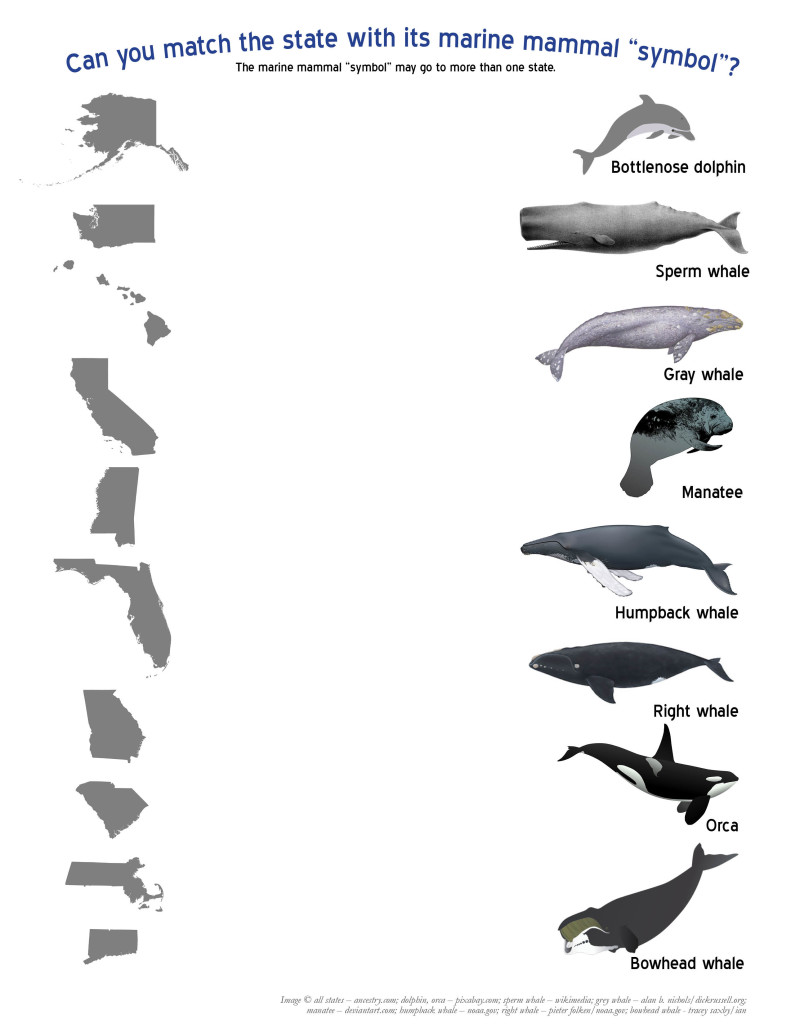
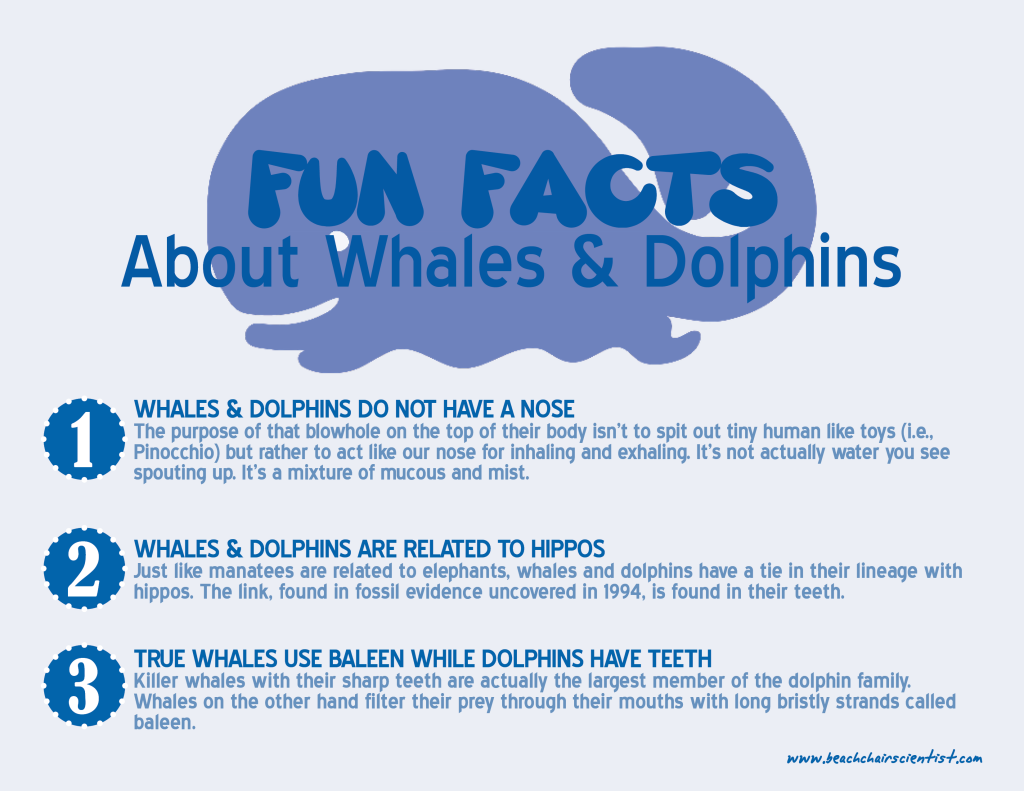
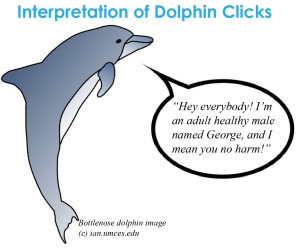
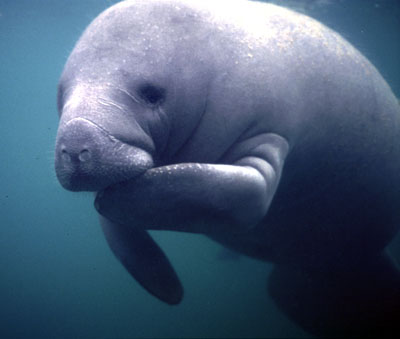
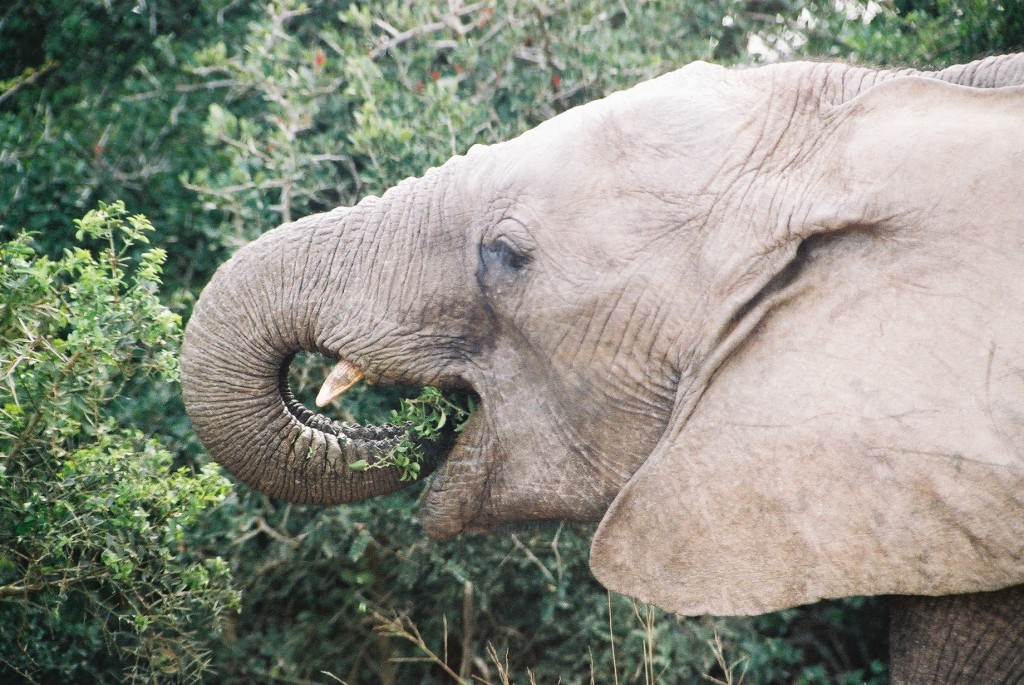







What people are saying …